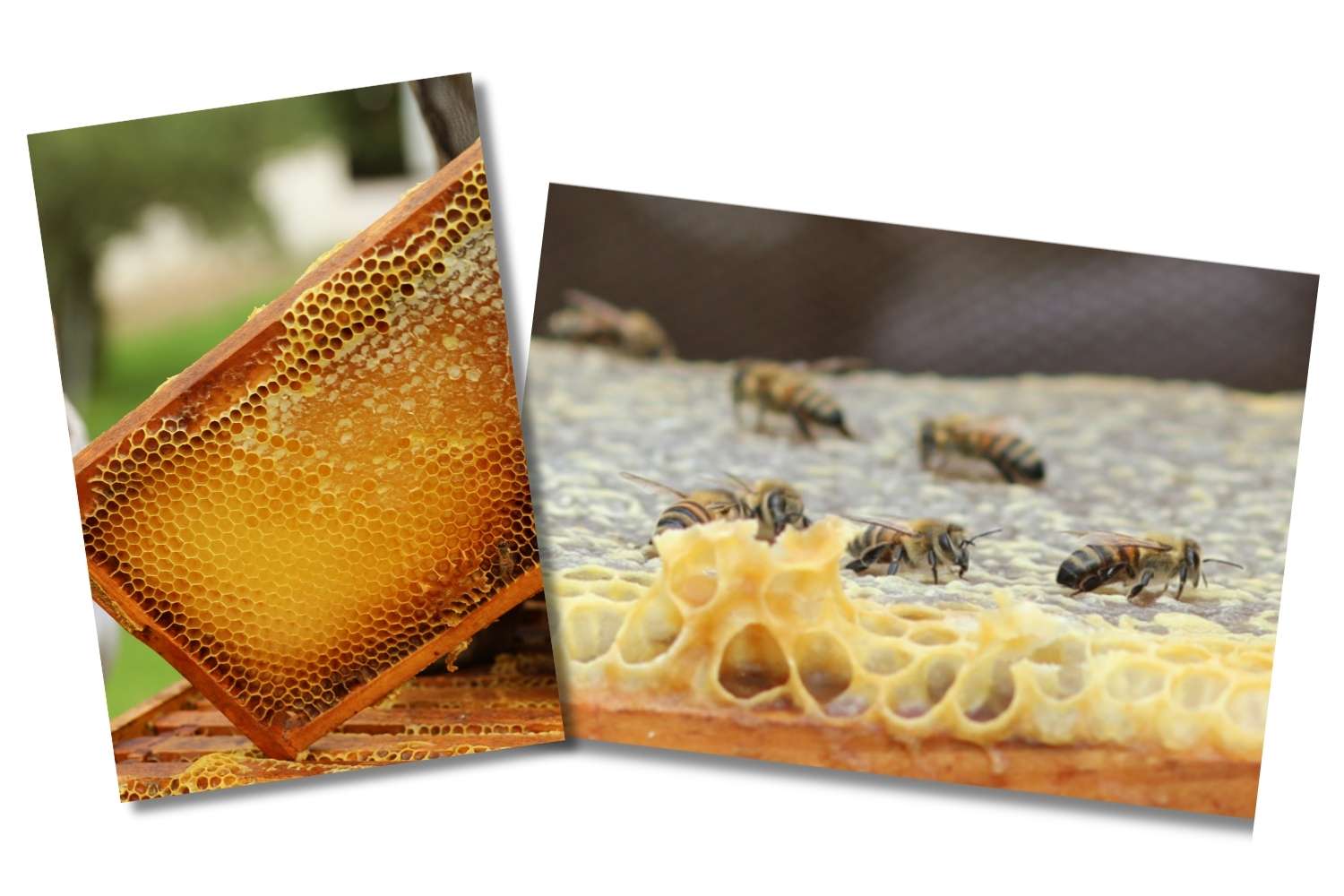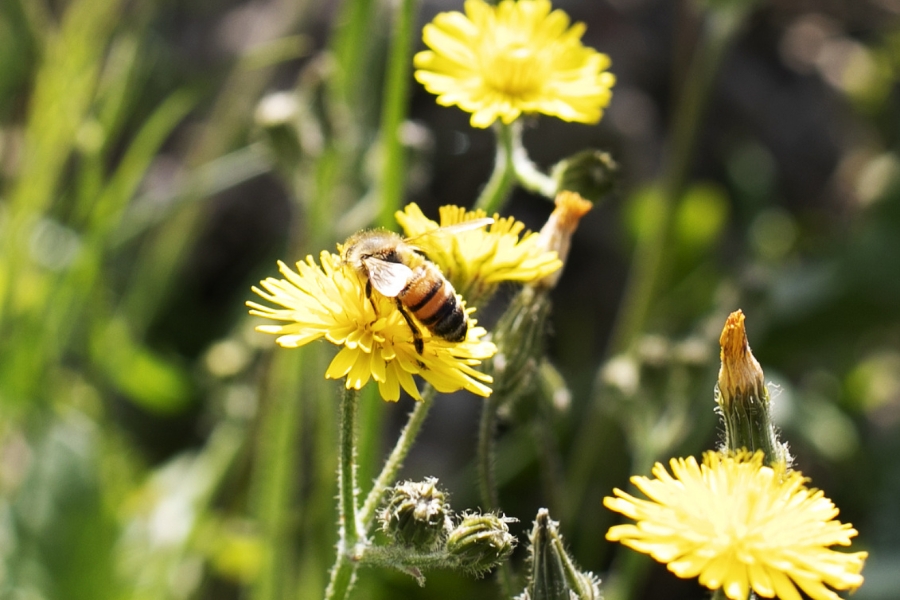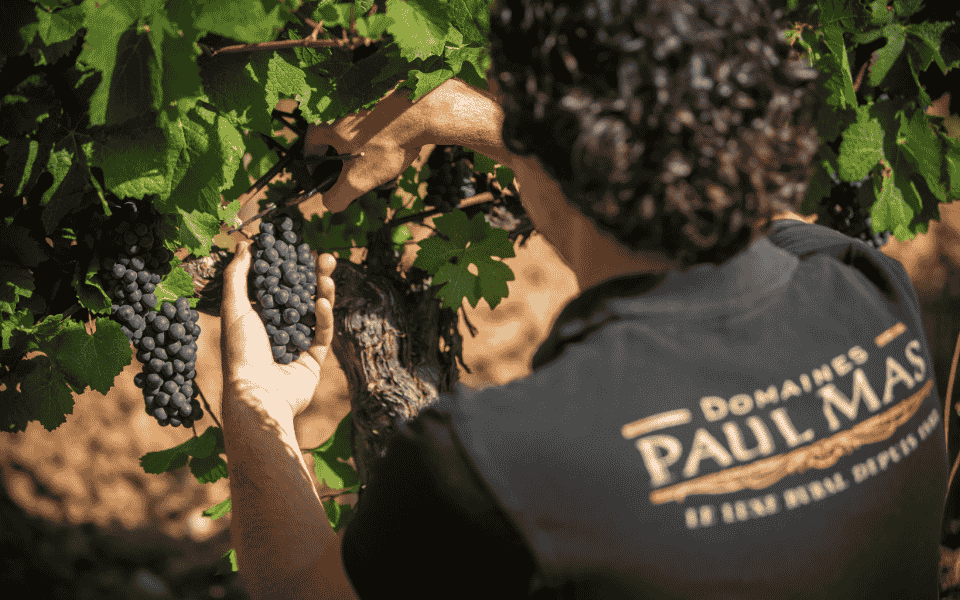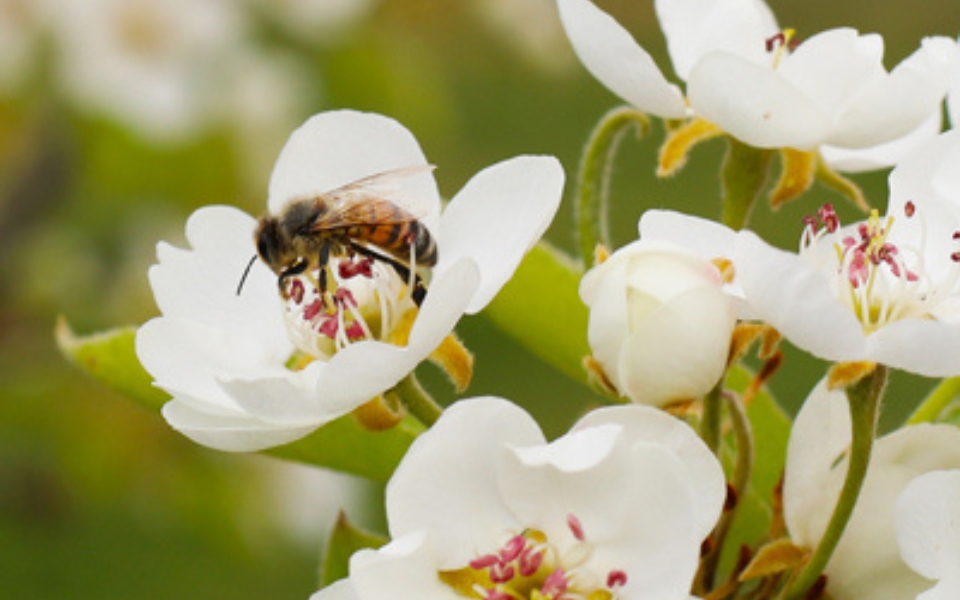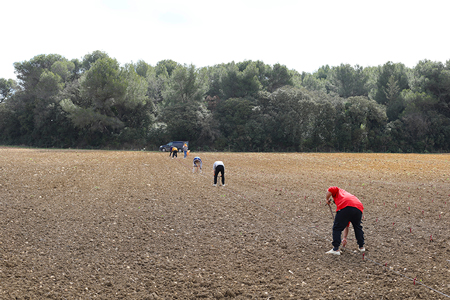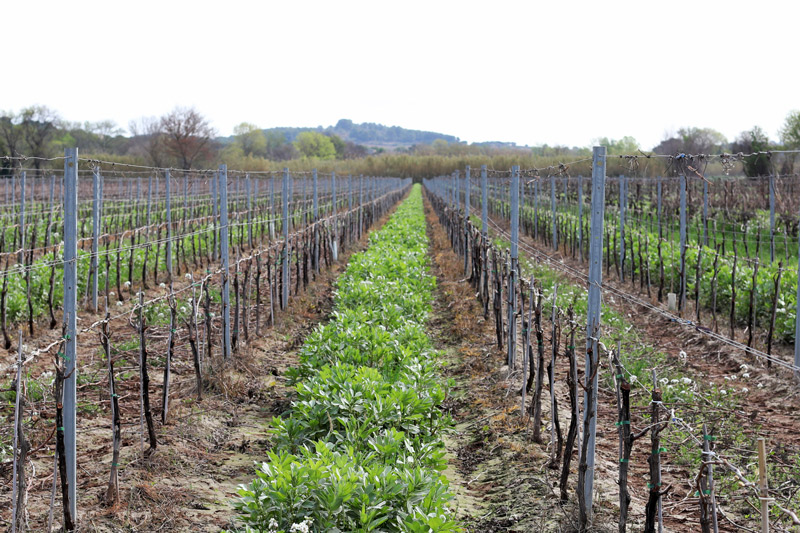

Final Countdown Before Harvest: Buzz in the Vineyards as Sparkling Bases Take the Spotlight

As harvest time approaches, there’s a noticeable energy at Domaines Paul Mas. Everyone is on high alert, making final preparations for the big moment. In this crucial final stretch, every decision matters to ensure a vintage worthy of the Paul Mas name.
As always in our region, Chardonnay — the king of sparkling wine — leads the way.
But why Chardonnay? And how do we decide it’s time to harvest?
Here’s a behind-the-scenes look at these key moments where precision, weather, and logistics must work in perfect harmony to kick off one of the most pivotal times in the winemaking year.
CONTENTS
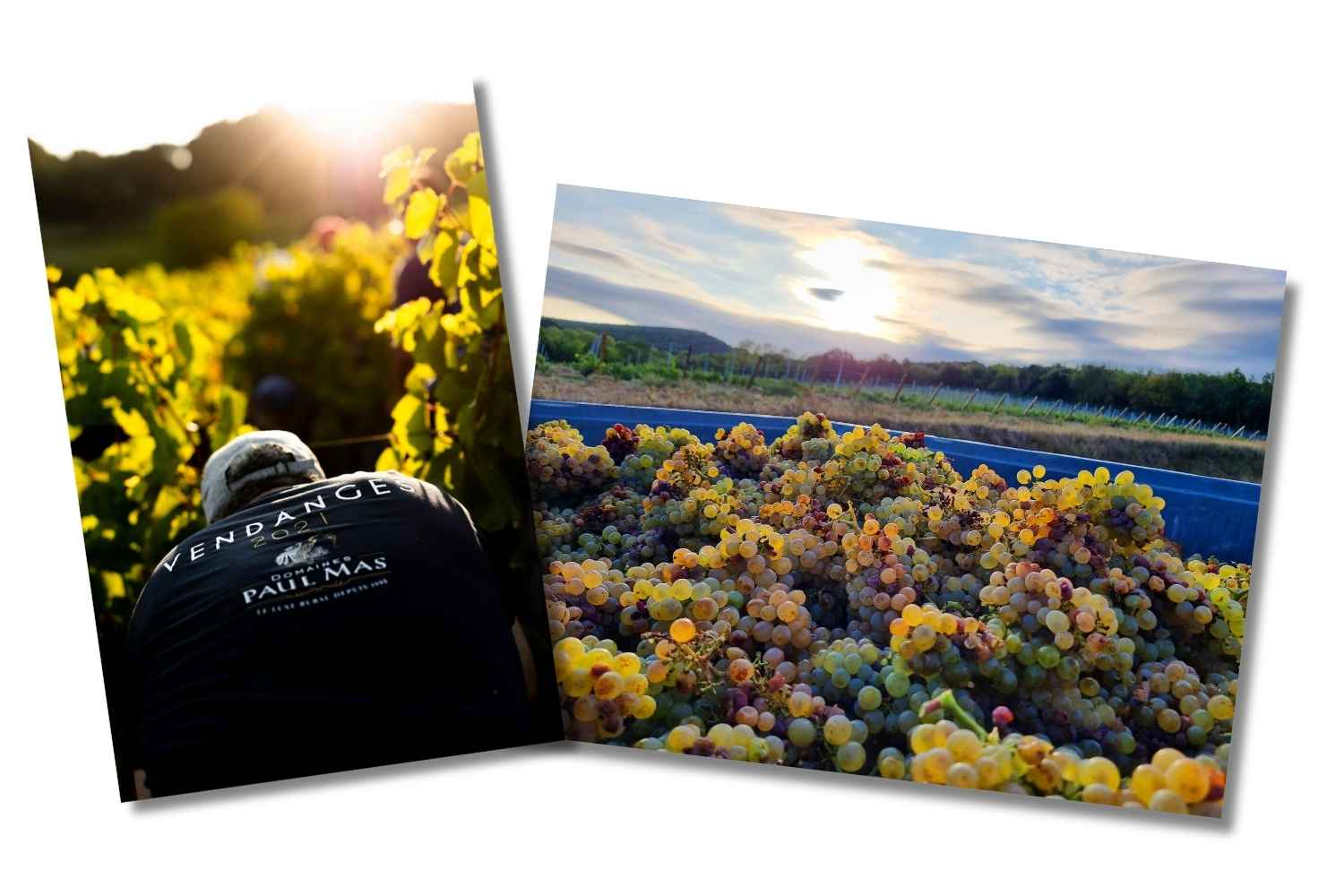
Ripeness Monitoring: The Art of Balance
Before picking can begin, we observe, analyze, taste, and anticipate. Monitoring grape maturity is essential. It helps pinpoint the exact harvest date for each block, each variety, and each wine style.
Two indicators are closely tracked: sugar levels and total acidity. As grapes ripen, sugars increase and acidity drops — a natural process influenced by climate, sunlight exposure, soil type, vine vigor, and training systems.
But it’s not all about lab work — the vigneron’s senses are just as vital. Tasting berries remains a key tool: skin texture, seed ripeness, mouthfeel, aromatic profile, or vegetal notes all guide decision-making. Lab analysis then confirms or fine-tunes those impressions.
The goal? Hitting the perfect balance. Overly acidic grapes can lead to harsh, austere wines, while overly sugary fruit may produce wines that lack freshness. These levels also directly impact fermentation. Sugar content gives an estimate of the wine’s potential alcohol, while acidity determines freshness, balance, and aging potential.
Sampling is carried out regularly, with tighter intervals as harvest nears — when even one day can make a difference. At Domaines Paul Mas, each vineyard parcel is monitored individually to reflect its unique character and expression of terroir.
Starting with Chardonnay for Sparkling Base Wines
The first grapes to be picked are Chardonnay, used in the production of our sparkling base wines — known here as “bases bulles”. This flagship variety of our region brings vibrant acidity, natural freshness, and a refined aromatic range — all essential qualities for sparkling winemaking.
For these wines, harvest criteria are even more exacting. We look for grapes that are:
-
ripe enough to express delicate, well-defined aromas,
-
yet still high in acidity to ensure balance and allow for a successful second fermentation.
Harvesting too early can lead to herbaceous or green notes that are undesirable in the style we aim for.
Sugar levels must also be tightly controlled: high enough to support fermentation, but not so high as to raise alcohol beyond the ideal range. Precision here is key, requiring deep knowledge of the vineyard and seamless coordination with the winery team.
A sparkling base wine should be clean, focused, lively, and elegant — and it all starts in the vineyard.
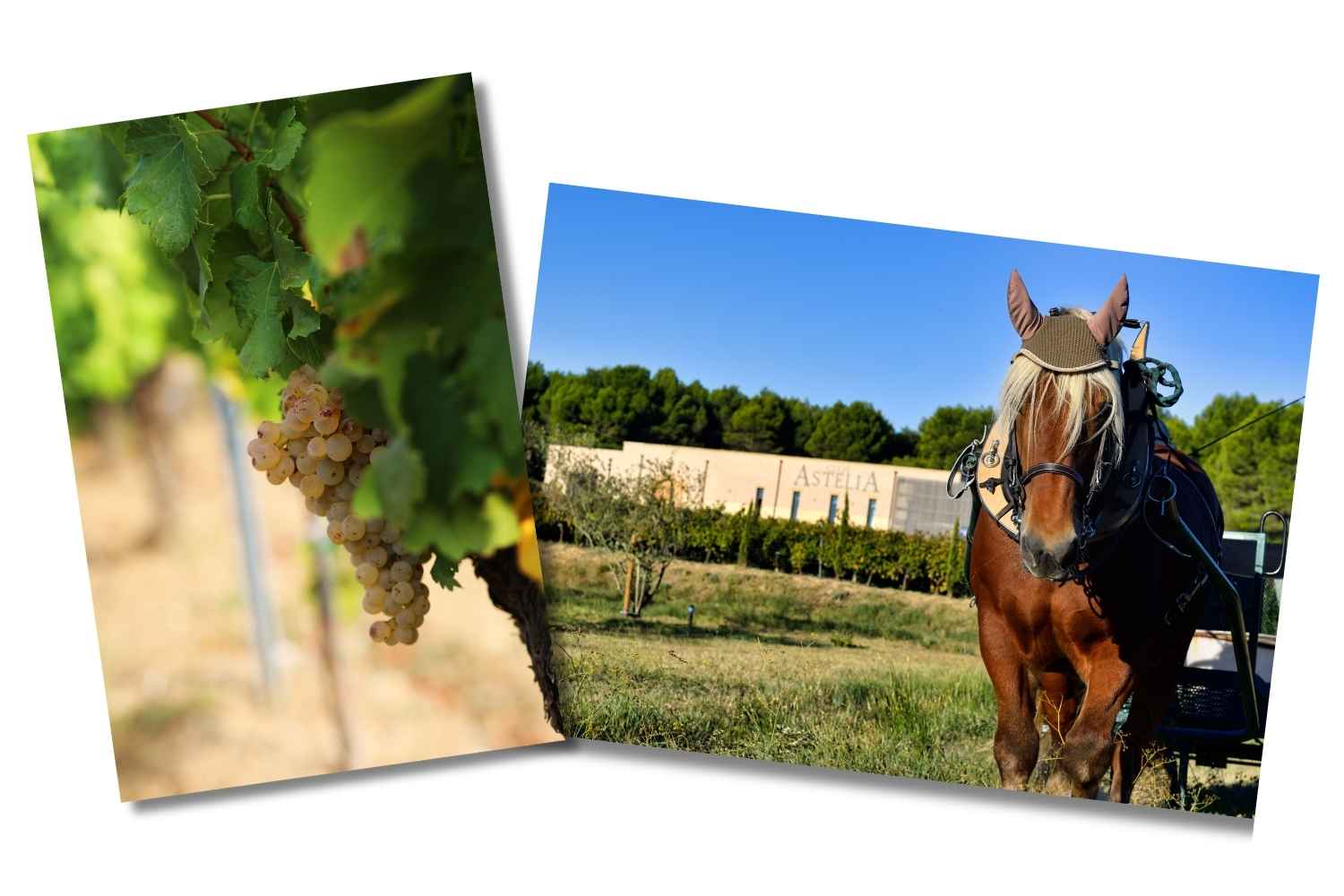
Hand-Harvesting for Traditional Method Sparkling Wines
When it comes to producing Crémant de Limoux and Blanquette de Limoux using the traditional method, hand-harvesting is mandatory, as per AOP regulations. This ensures the integrity of the grape clusters, which is crucial for obtaining clear, high-quality juice suited to méthode traditionnelle.
This requirement calls for exceptional organization. Teams of 12 to 16 pickers per parcel harvest by hand, bunch by bunch, with care and consistency. Every movement matters: grapes must be picked without damage, sorted directly in the vineyard, and placed into ventilated crates to avoid crushing or overheating during transport.
Once in the winery, whole clusters are gently pressed without destemming, to preserve freshness and finesse. This gentle pressing minimizes extraction of undesirable compounds and highlights the purest expression of the fruit.
Weather: A Daily Game-Changer
At this turning point of the season, monitoring weather forecasts becomes a daily ritual. Rain can complicate everything — diluting juice, increasing disease pressure, and making vineyard access difficult or even impossible for tractors.
Conversely, excessive heat may rush ripening and force an early harvest, potentially upsetting the desired balance.
Our teams stay vigilant to catch the optimal weather windows, allowing us to harvest block by block, adjusting to the unique needs of each parcel.
Night Harvesting: A Strategic Choice
At Domaines Paul Mas, we opt to harvest primarily at night. Why? Because cooler temperatures help:
-
preserve the grapes’ aromatic freshness,
-
reduce oxidation risk,
-
and make pressing easier and more efficient.
It takes careful coordination — teams work through the night, sometimes until sunrise, to harvest grapes at their peak freshness.
This method is particularly suited to white varieties, which demand gentle, rapid handling. It’s a practice we repeat each year to ensure top quality from the very first step.
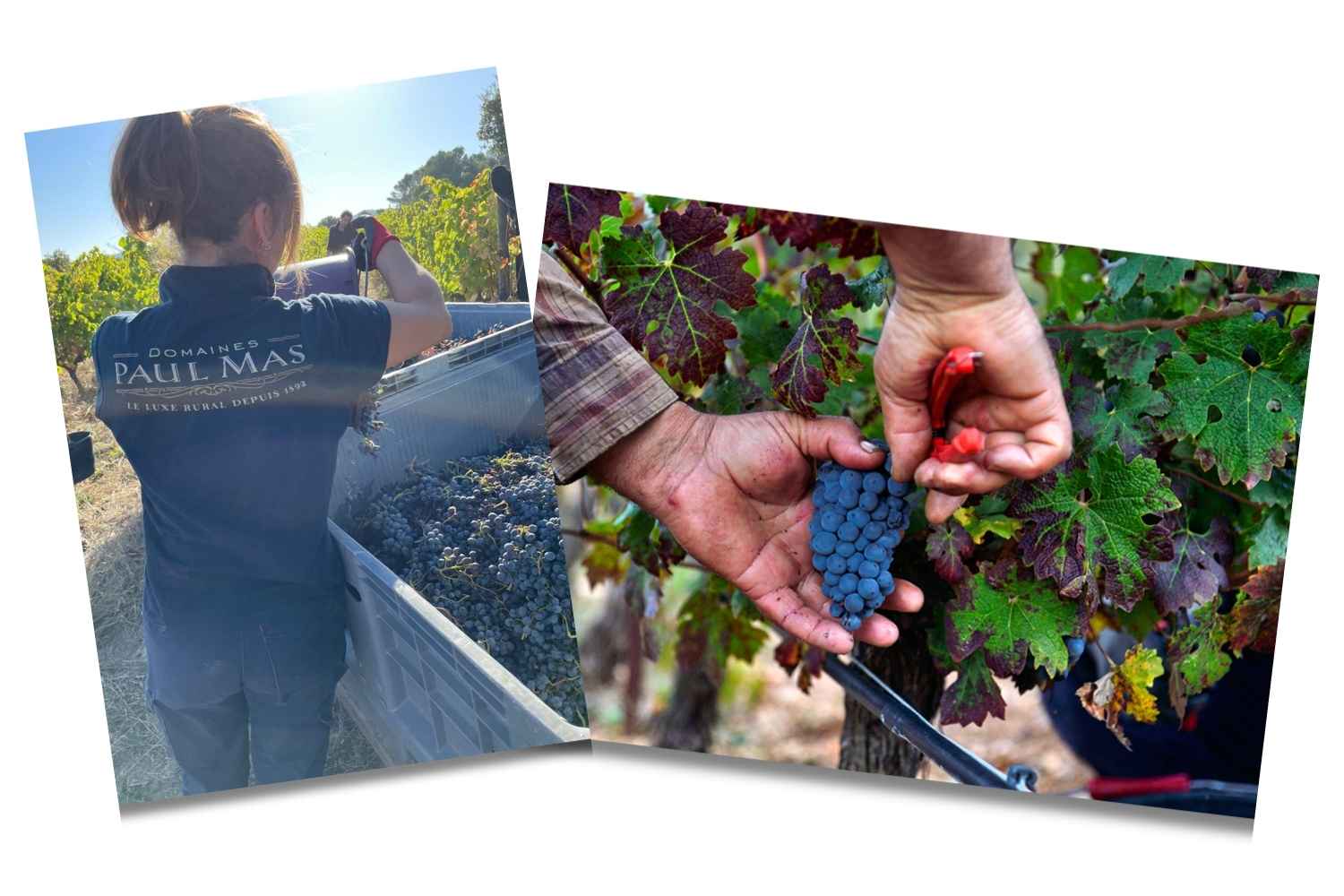
Precision Logistics: The Hidden Backbone
Harvesting is only the beginning. The grapes still need to be transported under optimal conditions to the winery. This is where logistics become a delicate balancing act.
Each load is carefully scheduled: whites must come first. Once a press or receiving line has handled rosé or red grapes, it must be thoroughly cleaned before processing whites again — otherwise, cross-contamination could spoil the desired profiles.
This means the entire chain must run like clockwork: tractors must arrive on time, receiving teams must stay on pace, and equipment must be ready. Behind the scenes is a well-oiled human machine:
grape pickers, drivers, cellar staff, receiving crew, and the quality control team — all working hand in hand, often around the clock, with one shared goal: to give every grape the best possible start.
The Start of a New Vintage
These early harvest days mark the official launch of the 2025 vintage. Every decision, every action, every detail counts. This collaborative, precise, and passionate effort is the foundation of our future cuvées.
Soon will come fermentations, aging, blending — but it all begins here, with this careful interplay of nature and expertise, rooted in the terroirs of the South of France.
It’s this discipline, this attention to detail, and this constant human dedication that define the signature of Domaines Paul Mas, vintage after vintage.
Discover More Articles on the Same Theme
